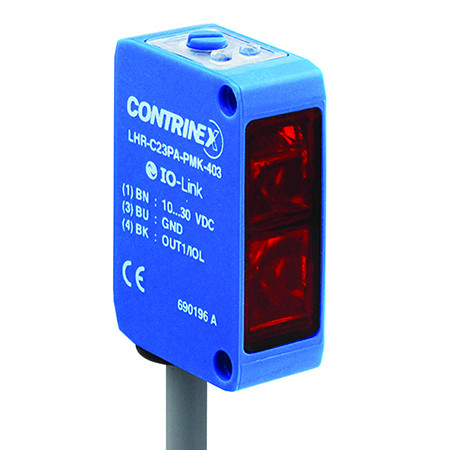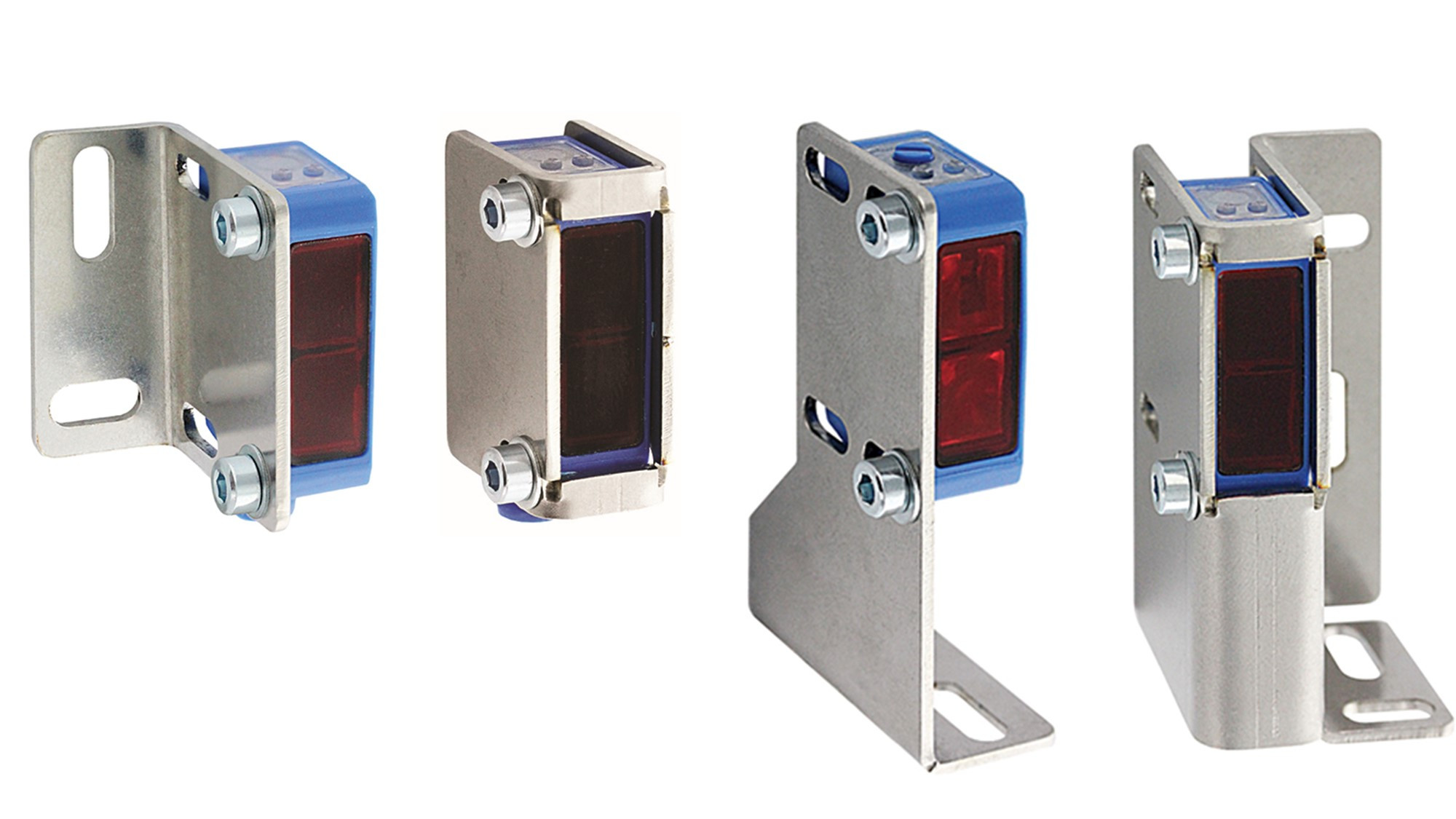Contrinex’s Photoelectric💡 Sensor Detects Tram🚋 Pantograph - Tram.PLUSAx.co.uk
When a tram reaches a road junction, wire-switches, installed on the overhead conductor cables, control its direction of travel, with switches in either the default “straight-through” or “turnout” positions. As the tram passes a switch in the turnout position, Contrinex photoelectric sensors mounted on the overhead cables detect the presence of the pantograph current collector so that the control system can then reset the switch to the default position.
PRODUCT ADVANTAGES
- Sensing range up to 12,000 mm in a physically small photosensor
- Exceptional resistance to vibration during operation
CUSTOMER APPLICATION
In urban tram transportation systems, wire-switches installed on the overhead conductor cables at road junctions, control the direction of travel for the trams. The switches default to the straight-through position so that when a bus approaches a turn, the driver uses a remote trigger to change the switch to the turnout position. After the bus completes the turn, the switch reverts to the straight-through position.
If a triggered switch reverts to the straight-through position prematurely, the pantagraph current collector may become disengaged, damaging the switch. Therefore tram operators install safety systems to prevent premature switching. Typically, these utilise timer circuits and a predetermined delay or mechanical sensors that rely on physical contact with the current collector, but neither system is reliable.
A Swiss manufacturer of trolley-bus control systems requires a highly reliable, rugged sensor system that will detect the presence of a current collector as it passes a switch. The system must operate with minimal maintenance and withstand the varied weather conditions of an outdoor environment in Switzerland and therefore they selected Contrinex sensors.

Customer Solution
Contrinex’s C23 through-beam photoelectric sensors offer high-performance, small size and high-stability. A purpose-designed metal bracket, mounted above the conductor cable, holds the transmitter and receiver units in alignment on either side of the cable. As the pantagraph current collector passes between the two units it breaks the beam, triggering the sensor and returning the switch to the straight-through position.
The C23 photoelectric sensors are virtually impervious to the harsh, outdoor environment and their small physically size (30 x 30 x 15mm) eliminates the risk of accidental damage arising from a mechanical collision. The rugged construction and vacuum-encapsulated electronics within the sensor minimise the effects of vibration, ensuring a long service life.
Each unit is connected to the trolley-bus control systems via a PVC-sheathed cable with a hermetically sealed entry. The receiver has an industry-standard PNP interface. The one-piece mounting bracket allows easy removal and replacement of the complete assembly during routine maintenance. Operational results have been excellent and the Contrinex sensors have proved highly reliable, eliminating switching errors and reducing maintenance costs significantly.
Contrinex sensors and more information are available from PLUS Automation Ltd, whose aim is to help you #MakeSenseofSensors.
- Sensing range up to 12,000mm in physically small sensor
- Exceptional resistance to vibration during operation
- Exceptional reliability in a harsh outdoor environment
- Automatic operation with optimal space utilisation
- Elimination of switching errors during year-round operation
- Significantly reduced maintenance costs
Click to download a flyer to find out more about Contrinex’s RFID systems or Click to download Contrinex’s Product Overview brochure




